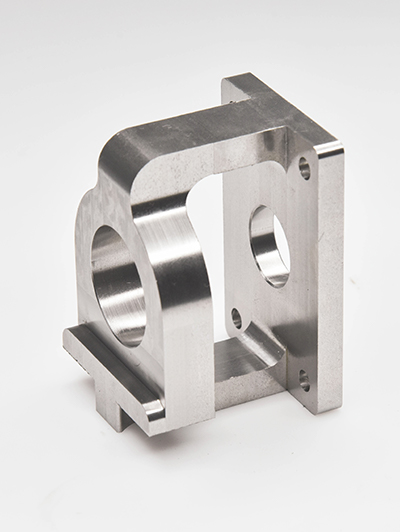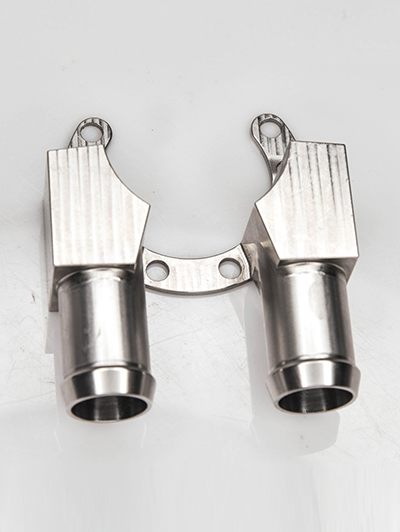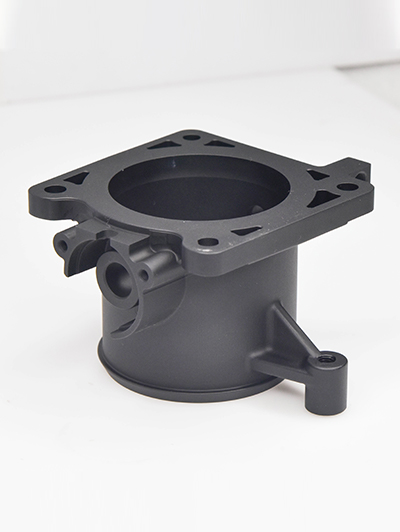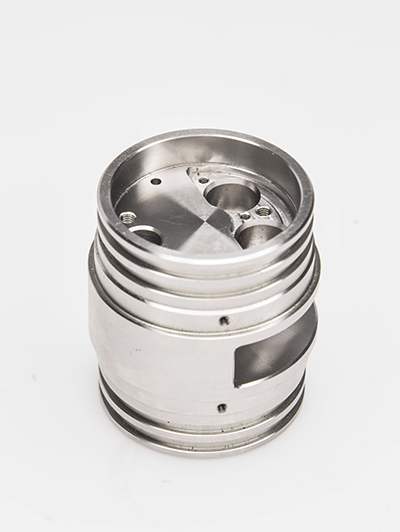Information
The Evolution and Significance of Metal Parts Machining
Metal parts machining has come a long way since its humble beginnings. From the early days of manual machining using simple tools to the highly automated and precise processes of today, the evolution of metal parts machining has been a remarkable journey.
In the past, metalworking was a labor - intensive process that relied heavily on the skills of blacksmiths and manual machinists. Parts were made one by one, with a high degree of variability in quality and dimensions. However, the Industrial Revolution brought about a significant change. The invention of steam - powered and later, electrically - powered machines, such as lathes, milling machines, and drill presses, made it possible to produce metal parts more efficiently and with greater accuracy.
The advent of CNC technology in the 20th century was a game - changer in metal parts machining. CNC machines use computer - controlled programs to direct the movement of cutting tools, enabling the production of complex parts with micron - level precision. This technology not only increased the accuracy and repeatability of machining operations but also reduced the need for skilled manual labor, as the machines could be programmed to perform a wide range of tasks.
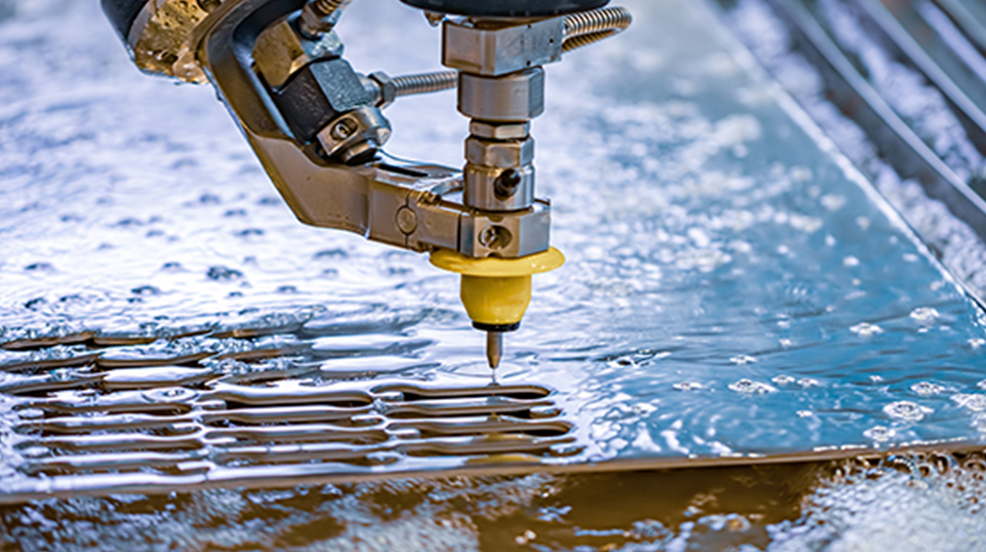
Another significant development in metal parts machining is the use of advanced materials. In addition to traditional metals like iron, steel, and aluminum, modern manufacturing now makes use of high - performance alloys and exotic metals. For example, titanium alloys are widely used in the aerospace and medical industries due to their high strength - to - weight ratio and excellent biocompatibility. Machining these advanced materials requires specialized techniques and tools, as they often have unique properties that make them more challenging to work with.
Metal parts machining is of utmost significance in various industries. In the manufacturing of consumer electronics, metal parts machining is used to create the casings, connectors, and internal components of smartphones, laptops, and other devices. The precision and miniaturization required in these parts are essential for the functionality and aesthetics of the products. In the energy sector, metal parts machining is used to produce components for power generation equipment, such as turbines, generators, and pipelines. The high - quality machining of these parts ensures the reliable and efficient operation of power plants.
The future of metal parts machining holds even more exciting possibilities. Additive manufacturing, also known as 3D printing, is emerging as a complementary technology to traditional machining methods. This technology allows for the creation of complex metal parts by building them layer by layer, reducing material waste and enabling the production of parts with geometries that are difficult or impossible to achieve with traditional machining.
In conclusion, the evolution of metal parts machining has been driven by technological advancements and the increasing demands of various industries. As we look to the future, it is clear that metal parts machining will continue to play a vital role in shaping the world around us, enabling the production of innovative products that improve our lives and drive economic growth.
Enhancing Efficiency in Aerospace Technologies
1. Implementing advanced automation and robotics: By utilizing automated systems and robotics in aerospace technologies, tasks can be performed more quickly and accurately, leading to increased efficiency. This includes automated systems for manufacturing, inspection, maintenance, and handling of materials.2. Adopting digital twin technology: Digital twin technology allows for real-time monitoring and simul...
Cutting-edge Machining of Unique Materials
Advancements in technology have allowed for the cutting-edge machining of unique materials that were previously difficult to work with. This has opened up new possibilities for manufacturing industries, allowing for the production of components and products that were once thought to be impossible.One such material that has benefited from cutting-edge machining techniques is carbon fiber. Carbon fiber is a l...
Enhancing Efficiency in Aerospace Technologies
1. Implementing advanced automation and robotics: By utilizing automated systems and robotics in aerospace technologies, tasks can be performed more quickly and accurately, leading to increased efficiency. This includes automated systems for manufacturing, inspection, maintenance, and handling of materials.2. Adopting digital twin technology: Digital twin technology allows for real-time monitoring and simul...
Cutting-edge Machining of Unique Materials
Advancements in technology have allowed for the cutting-edge machining of unique materials that were previously difficult to work with. This has opened up new possibilities for manufacturing industries, allowing for the production of components and products that were once thought to be impossible.One such material that has benefited from cutting-edge machining techniques is carbon fiber. Carbon fiber is a l...
Shape accuracy detection
In addition to dimensional accuracy, the shape accuracy of the parts cannot be ignored. Detect shape errors such as roundness, cylindricity, and flatness of parts using equipment such as roundness meters and contour meters. For example, when processing high-precision bearing rings, the accuracy of roundness and cylindricity directly affects the rotational accuracy and service life of the bearing.
Dimensional accuracy testing
Using advanced measuring tools and techniques, such as coordinate measuring instruments, optical imagers, etc., to accurately measure the dimensions of parts. For precision parts, dimensional tolerances are usually controlled at the micrometer level, so high-precision measuring equipment is required to ensure the accuracy of the test results. For example, when processing precision molds for mobile phone chi...
- +86 13603025252
-

WhatsApp
- info@jiujucnc.com


